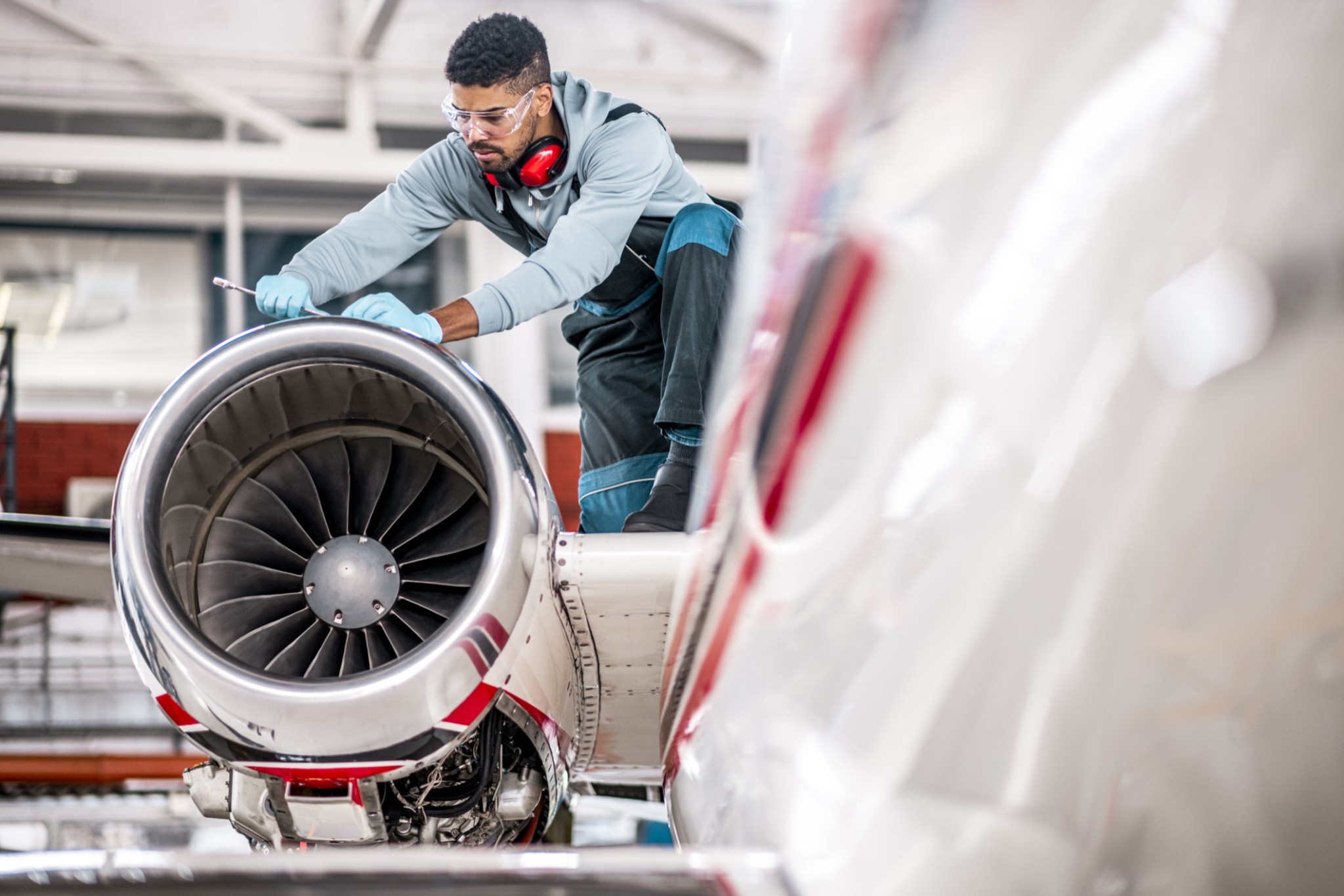
Light Jet Market Seeing Shifts In Demand
Date
October 11, 2012
Before digging into the details of each of the light jet markets, it’s worth noting some global factors affecting the market. In 2012, the big story in the light jet market was Europe and the devaluing euro. As the light jet market typically trades in U.S. dollars, with the euro dropping nearly 20 percent in value compared to last year, European sellers saw an opportunity to take advantage of the strong dollar and liquidate at relatively lower dollar values for their assets, yielding a higher amount of euros. The result was pricing pressure on non-Europe-based aircraft, forcing price reductions to compete with the good deals from Europe.
Furthermore, with the U.S. stock market trading at nearly pre-crash values, U.S. operators have become more comfortable with buying aviation assets. Combine the strength of the U.S. market with the weakness of the European market–the two largest markets for light jets–and the result is a net shift of pre-owned inventory from Europe to the U.S.
While there are global effects on the light jet markets, each of the products in this space are experiencing market forces and factors that have affected liquidity, market size and long-term residual value.
Cessna Citation
Since the 1960s, Cessna has been the leader in the light jet segment with the introduction of the first Citation, the Cessna 500. While the cast of characters and products has evolved, Cessna still has the largest market share of light jets in production and in operation.
With the entry-level Mustang now in its sixth year of operation and more than 400 units in operation, it represents one of the most liquid light jets in the marketplace. Since the beginning of the year, nearly 40 pre-owned Citations traded hands. Mustangs are trading in the high $1 million to the mid $2 million range, depending on pedigree, options and program enrollments. Looking to 2013, watch for a spike in pre-owned Mustang inventory as M2 deliveries begin. With a majority of the orders for the M2 coming from current Mustang owners, there is likely to be some motivated market overhang that will present good deals for buyers next year.
Cessna expects to deliver the first M2 in mid 2013, with roughly 20 jets delivered by the end of the year. The M2 brings some life into the lower side of Cessna’s jet product line with an upgraded version of the venerable CJ1+. The M2 will offer operators a Garmin 3000 touchscreen cockpit, a redesigned interior, boosted thrust and winglets. Priced in the mid $4 million range, the M2 will present a strong threat to Embraer’s Phenom 100 as a direct competitor in size, seating, speed and price. The M2 will likely be the first of many new products we see out of Cessna using the formula of adding an upgraded Garmin cockpit combined with aerodynamic and interior improvements to bring Cessna’s 525 line more into the forefront of potential buyers.
The CJ2+ and CJ3 markets have been particularly interesting. Over the last 10 months, nine pre-owned CJ2+s have traded hands, with prices ranging from the high $3 million to mid $4 million range. On the CJ3 side, more than 30 pre-owned units have transacted, with prices ranging from the low $4 million to the mid $5 million range. Many of the aircraft have come from European sellers taking advantage of the currency favor. Cessna’s top-of-the-line 525–the CJ4–has been in operation for almost three years with nearly 100 units in operation. Due to the relative newness of the product, there haven’t been many pre-owned CJ4 transactions. However, moving into the fourth quarter of 2012, a number of pre-owned CJ4s have begun to hit the market, leading the way for buyers and sellers to begin establishing the landscape. So far this year, only one pre-owned CJ4 has traded hands. A new CJ4 is priced from the high $8 million to the low $9 million range. Pre-owned CJ4s listed for sale range from low $7 million to low $8 million.
Embraer
In 2007, Embraer had zero light jets in operation. After four years of being in the light jet business, Embraer has delivered nearly 300 Phenom 100s and 100 Phenom 300s. With light jets a segment that Embraer strongly believes in, expect to see exciting and innovative products from the Brazilian manufacturer. The pre-owned Phenom 100 market remains fairly liquid with Phenom 100s trading in the mid to high $2 millions. The Phenom 300 market is similar to that of the CJ4, in that a pre-owned market has yet to fully form due to the newness of the product. New Phenom 300s are priced in the low $9 millions with pre-owned aircraft available in the mid $7 millions. A notable dynamic in the Phenom market is Embraer’s success in placing its homegrown product into hands of Brazilian operators. Approximately 30 Phenom 100s in operation are Brazil-based.
Eclipse Aerospace
We would be remiss in not mentioning the impressive resurgence of Eclipse Aerospace in its efforts to bring life back to the Eclipse 500 and the soon-to-be-produced Eclipse 550. Pre-owned, fully upgraded Eclipse 500s are trading in the mid $1 millions, with factory-refurbished Total Eclipses trading north of $2 million. Eclipse recently announced that the Eclipse 550 will go into production later next year.
Hawker Beechcraft
As Hawker Beechcraft (HBC) continues to work through bankruptcy, the future of the company’s light jet, the Premier I/IA, remains in question. While loved by many operators, the Premier I/IA never reached the level of market success to help keep the speedy little jet a market leader. Since late 2007, the pre-bankrupt HBC had been hard at work certifying the Hawker 200 (formerly known as the Premier II), a much-improved variant of the Premier IA. In December 2011, HBC formerly shelved the Hawker 200 certification project until a more market-appropriate time. The future of the Premier I/IA and Hawker 200 is up for speculation as HBC continues to work with potential suitors to take the company forward.
Market Outlook
Moving into 2013, assuming the economy continues to show signs of growth, we expect to see some exciting new product announcements and first deliveries (M2 and HondaJet). It’s unlikely that we’ll see many new entrants in this space for many years to come. However, manufacturers that have been able to survive the market downturn will likely be well positioned to capitalize on their intestinal fortitude.



